19 October 2019: 20 Day Waning Moon
A beautiful morning and, having to get up early to watch England v Australia, I couldn’t resist heading to the observatory to image the moon before breakfast. It is a real pleasure to be outside in the observatory, capturing photons in only a few minutes. Everything is set up and ready to go, and more importantly, can be packed away in only a few moments.
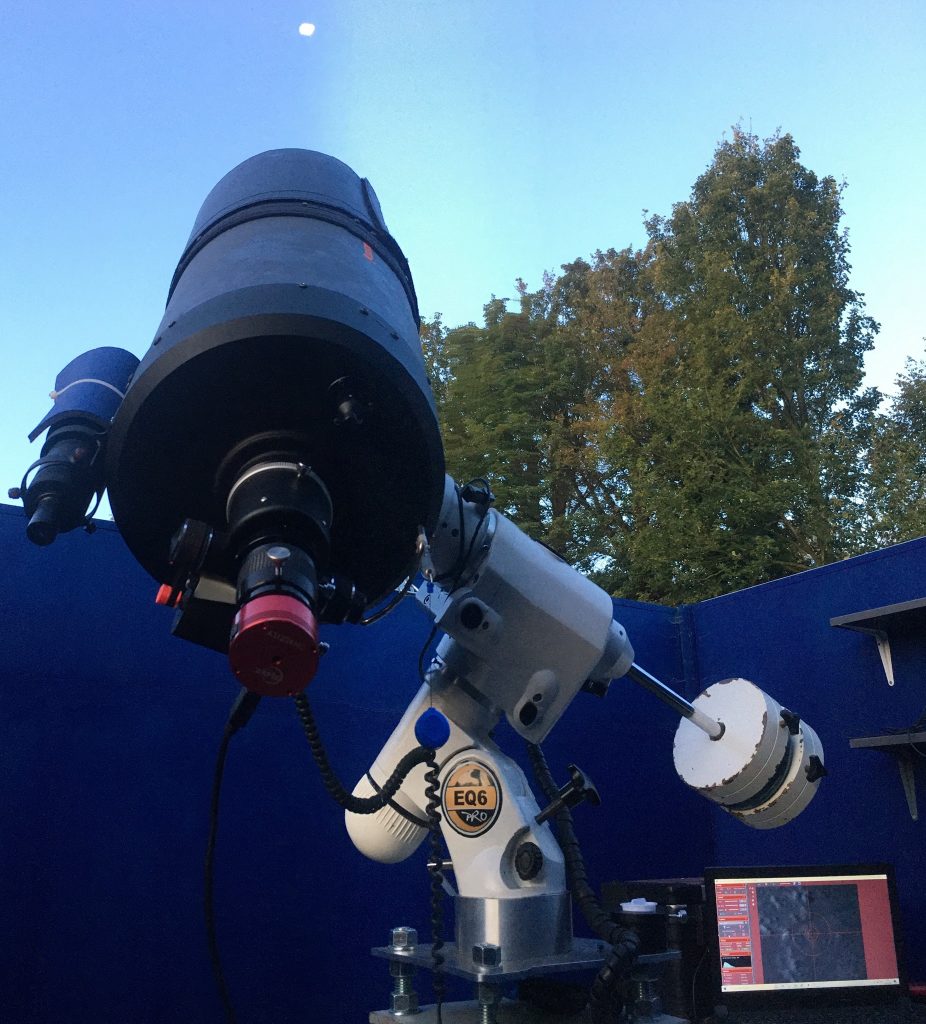
Having met Al Worden, the Apollo 15 Command Module Pilot at the New Scientist Live in London earlier I had to image the Apollo 15 landing site near the Hadley Rille. Of all the Apollo landing sites, this is in my opinion the most impressive. Reading online shows that the Hadley Rille was formed by flowing lava from crater Bela, the unusual tear-drop shaped feature alongside the Apennine Mountains. It is unclear whether it was formed by flowing lava cutting into the surface or a collapsed lava tube.
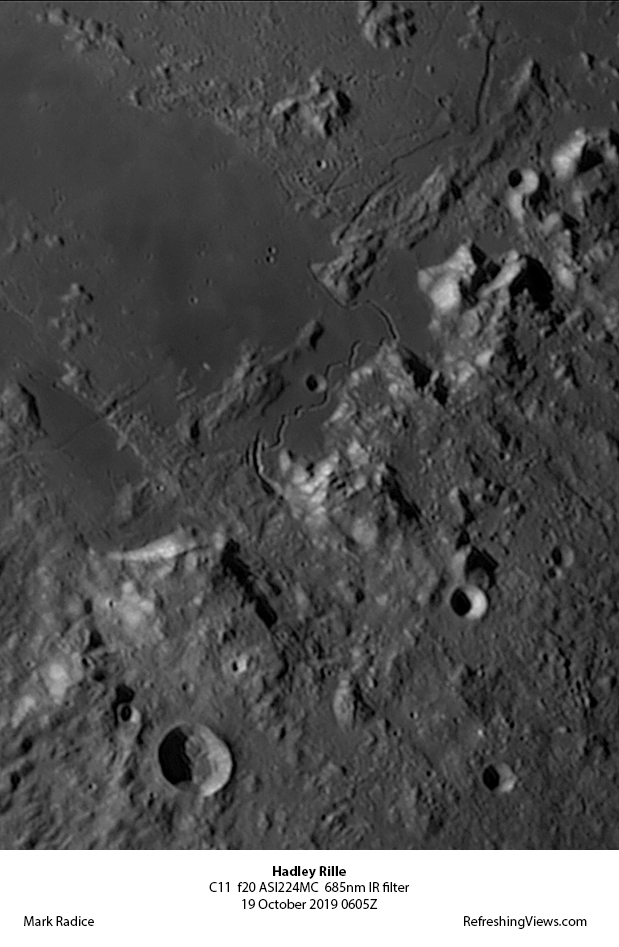
Following the Apennine Mountains further north reveals another fascinating feature, the Alpine Valley. This 10km or so wide linear feature cuts through the mountains and likewise has a small rille in the surface floor.
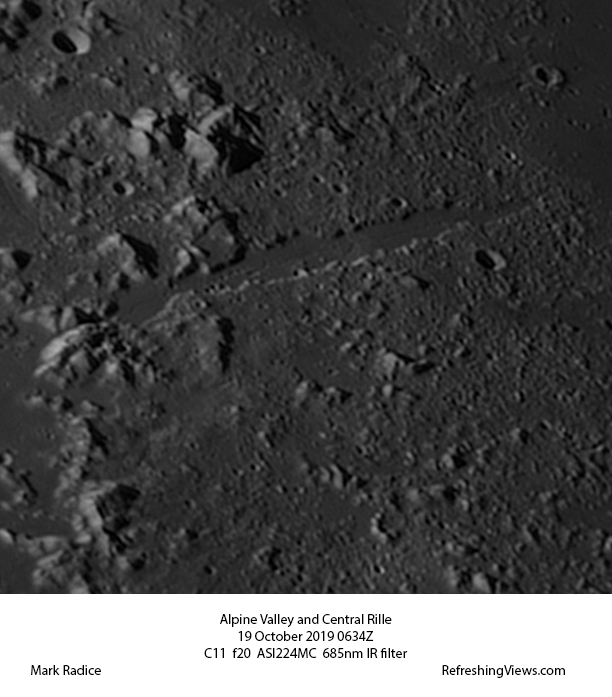
Further north, the craters Aristoteles (87km) and Eudoxus (67km) looked so impressive I could not resist imaging their rugged appearance as the shadows spread across the crater floors.
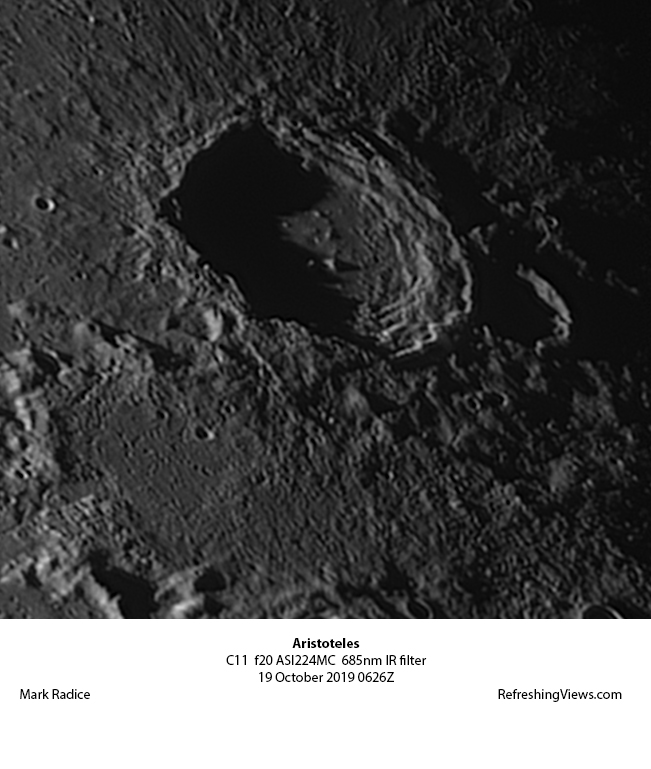
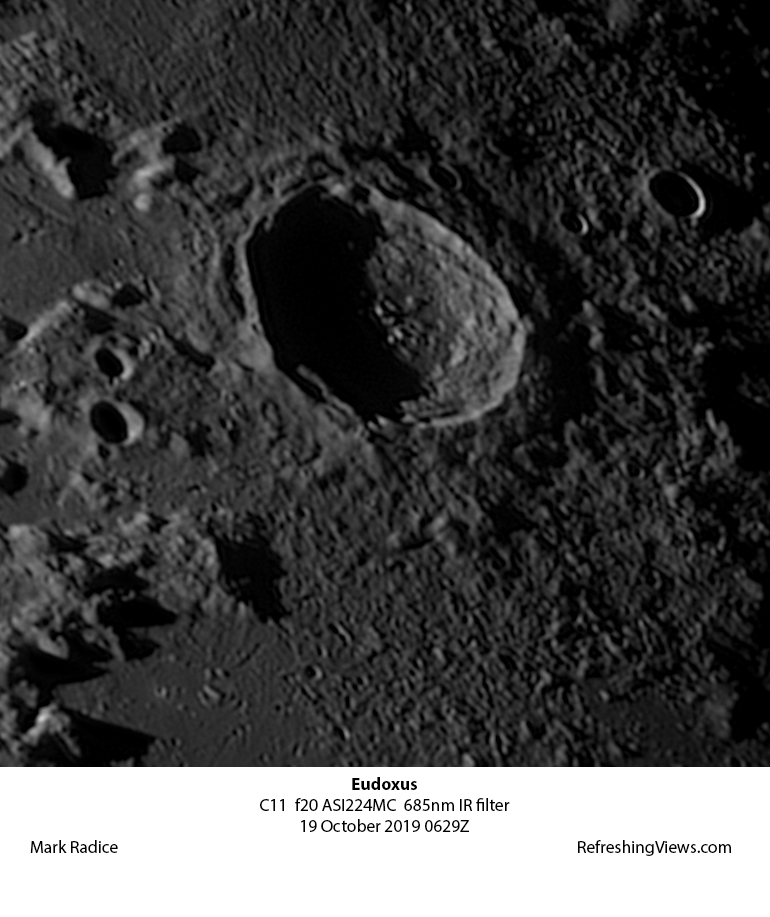
South of the Apennines is an area of interesting geological activity in Sinus Medii. The crater pit Hyginus (11km) is unusual in that, unlike most lunar craters, it was formed from volcanic activity. The valleys radiating away are, likewise, formed from collapsed lava pipes.
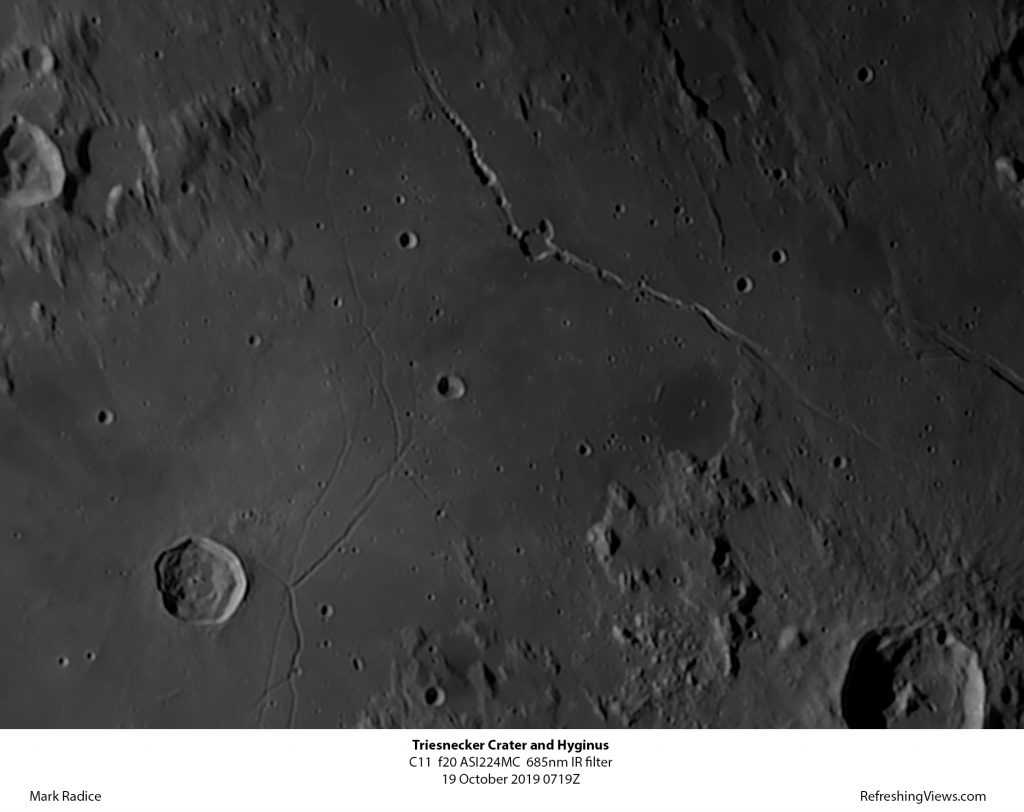
Alongside is the crater Triesnecker (25km), looking like a 50p coin with its hexagonal outline. Crossing Sinus Medii is a railway junction of rilles showing the stresses and faults as the lunar crust was subjected to the pressures as lava built up below the surface.
Then it was time to rush back inside for a bacon sandwich while watching England beat Australia in the Rugby World Cup quarter finals.